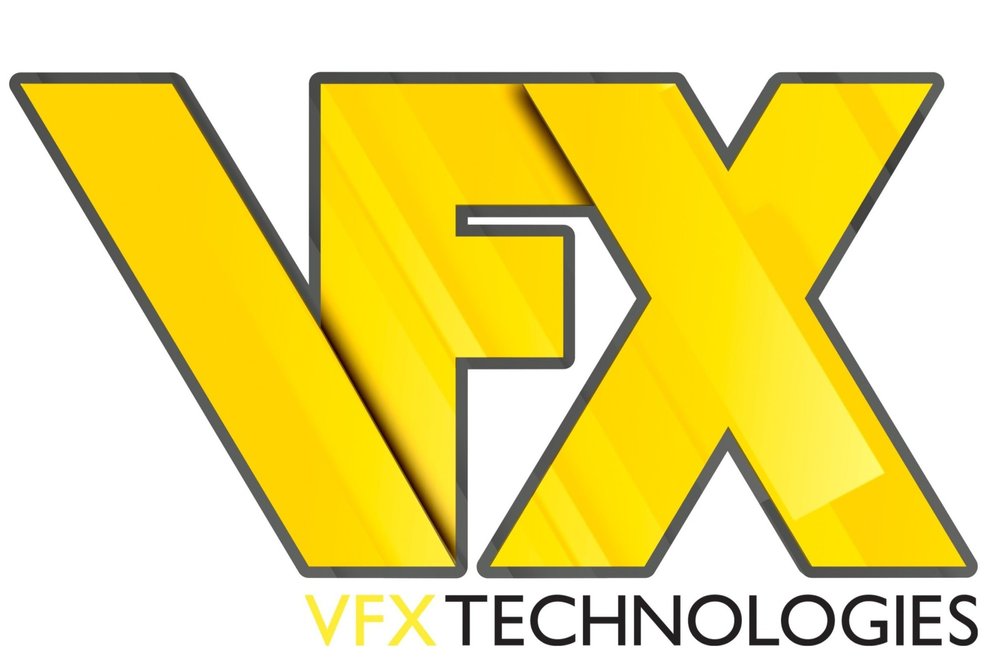VISUAL EFFECTS | EDITORIAL | COLOR CORRECTION
BLACKMAGIC DESIGN DaVINCI RESOLVE
DaVinci Resolve combines features such as professional off-line / on-line editing, color correction, audio postproduction and visual effects in one software application.
Media Resolutions:
2K media is still very common and much less demanding than higher resolution projects. A single professionally overclocked CPU with one or two good GPUs is perfect for this task.
4K media editing and color-grading require two or more GPUs. Compression / decompression processes rely on the workstations CPU – heavily compressed codecs will require a system with multiple CPU cores to complete tasks in a reasonable period of time.
Working with stereo 4K or specialty projects with Ultra-high 6K/8K resolutions or beyond require workstations that offer multiple CPU and GPU processing as well as additional high-speed OS drives and storage.
Windows 10 vs CentOS:
Linux is often considered the Operating System of choice by power-users due to its light footprint and open nature. However, to those without prior Linux experience it can be a challenge to get it working properly. Even tasks as simple as installing drivers or software can be difficult for the novice. And, even when up-and-running improper driver or software updates can break the OS.
For most workloads CentOS and Windows 10 are about equal. However, from a performance standpoint Windows 10 has a VERY slight advantage. It is so small that the choice of OS should NOT be based on performance alone.
Factors to Consider:
- Linux has a steep learning curve
- Linux has very limited audio support
- Many Adobe applications do not work natively in Linux
- Linux has somewhat constricted hardware support
For most Resolve Users, Windows 10 is the better option.
DaVinci Resolve is supported on Mac, Windows and Linux platforms.
Blackmagic Design maintains a list of minimum system requirements to help insure that system hardware will properly run software applications:
All VFX Technologies workstation solutions meet or exceed manufacturer supported OS and certified system hardware requirements.
ADOBE PREMIERE PRO
Adobe Premiere Pro is part of the Adobe Creative Cloud suite of software applications. Although Premiere Pro is frequently used along side After Effects, they each use workstations in slightly different ways.
CPU Utilization:
Encoding and rendering are CPU intensive processes so export times are controlled by CPU speeds. Premiere Pro does benefit from multiple CPUs but performance drops off considerably at the 8-to-10 CPU core mark. If you take into account the overhead associated with multiple CPUs, a single less-expensive processor can often out perform more expensive dual XEON systems.
GPU Utilization:
A hi-performance GPU will help with encoding times and improve the playback speed for higher resolution media with multiple effects. If your workflow uses Mercury Playback Engine GPU Acceleration, some effects and footage scaling will see significant benefit.
Adobe: Mercury Playback Engine GPU Acceleration
https://forums.adobe.com/thread/773101
Storage:
We recommend using SSDs over traditional spinning disc drives whenever possible. An SSD is highly recommended as a System drive as it will greatly improve how fast the OS and programs startup. Here there is usually not much of a performance benefit to upgrade to a faster NVMe drive. When considering a scratch/cache drive especially if you’re working with RAW footage, we recommend NVMe M.2 storage which is 5x faster than SSDs.
RAM:
The proper amount of system memory is dependent on a number of factors including codec(s), resolution(s) and the overall complexity of the project. A good rule of thumb is that HD projects will be fine with 32GB RAM. 2K / 4K projects should have a minimum of 64GB and projects 4K+ should have 128-to-256GB RAM.
Adobe maintains a list of minimum system requirements to help insure that system hardware will properly run software applications:
https://helpx.adobe.com/creative-suite/kb/system-requirements-production-premium.html
All VFX Technologies workstation solutions meet or exceed manufacturer supported OS and certified system hardware requirements.
AVID MEDIA COMPOSER
Media Composer effects, render, and playback operations can benefit from GPU processing. The render and playback performance of Media Composer will be greatly improved when using high-end graphics cards, as more memory will be made available for the operations. Using lower performing graphics cards will limit the playback and render performance of the application.
Media Composer calculates and shares the processing between the CPU and GPU processors, and determines which processor to use based on which one will give the best performance for the operations involved. For systems that contain a GPU that meets Media Composer's minimum performance requirements, the CPU/GPU load balancing will be done automatically. For systems that don't meet these requirements, all processing will be done on the CPU only. In order to use GPU processing, the minimum requirement for Media Composer is a GPU card with 2GB or more of memory.
AVID maintains a list of minimum system requirements to help insure that system hardware will properly run software applications:
Qualified Apple Mac Systems:
http://resources.avid.com/supportfiles/attach/Mac_Current_CPU_Specifications.pdf
Qualified PC Systems:
http://resources.avid.com/supportfiles/attach/Windows_Current_CPU_Specifications.pdf
All VFX Technologies workstation solutions meet or exceed manufacturer supported OS and certified system hardware requirements.



